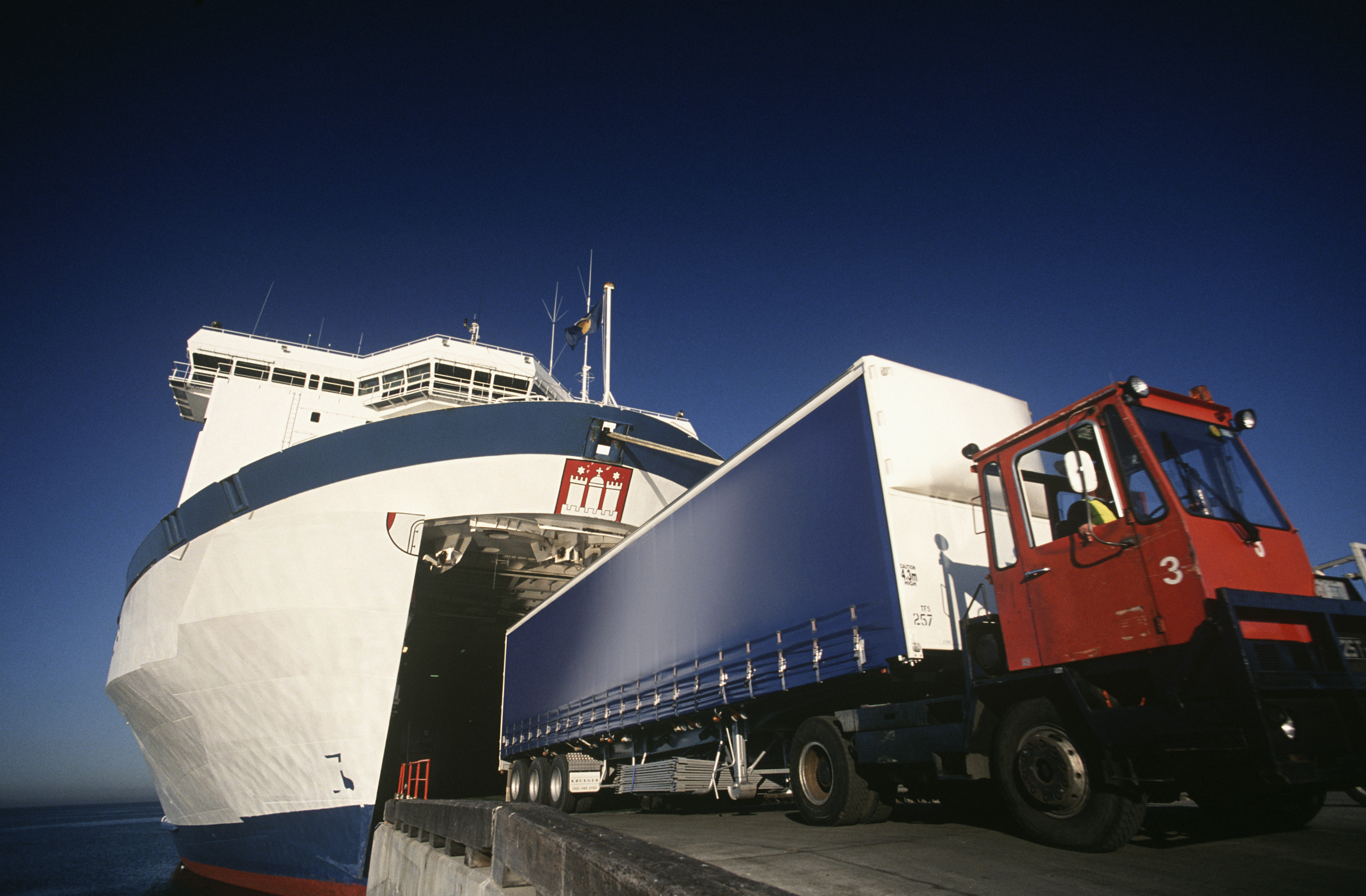Fighting Product Counterfeiting in the Age of Free Trade Zones
Free trade zones present a significant threat to the protection of intellectual property and brands due to light regulation and law enforcement, according to a new report1 from OECD and EU Intellectual Property Office examining the link between free trade zones and the flow of counterfeit goods.
The study found a direct link between the existence, number and size of free trade zones and the value of counterfeit products exported from a country. For every free trade zone added to an economy, there is an associated 5.9 percent average increase in the value of the counterfeited or pirated goods exported. This problem has multiplied in scope over the years as the number of free trade zones has jumped from 79 in 25 economies in 1975 to more than 3,500 in 130 economies today.1
Although the growth of free trade zones brings benefits for countries and businesses, intellectual property and brand owners can suffer economic and reputational damage from the trade of these unauthorized products.
International trade organizations and governments continue to develop comprehensive regulatory and enforcement solutions. However, businesses facing tangible risks must act today to protect their assets as free trade zones with loose oversight continue to grow.
We urge enterprises to evaluate today’s product authentication technology and systems to find the approach that is the best fit for their situation. Each company must find the ideal balance of security, ease of use, and cost for its situation.
Additionally, we encourage businesses to actively follow the activities of the OECD Task Force on Countering Illicit Trade (TF-CIT) and OECD’s work to develop standards and best practices for strengthening transparency in free trade zones.
1OECD/EUIPO (2018), Trade in Counterfeit Goods and Free Trade Zones: Evidence from Recent Trends, OECD Publishing, Paris/EUIPO.

